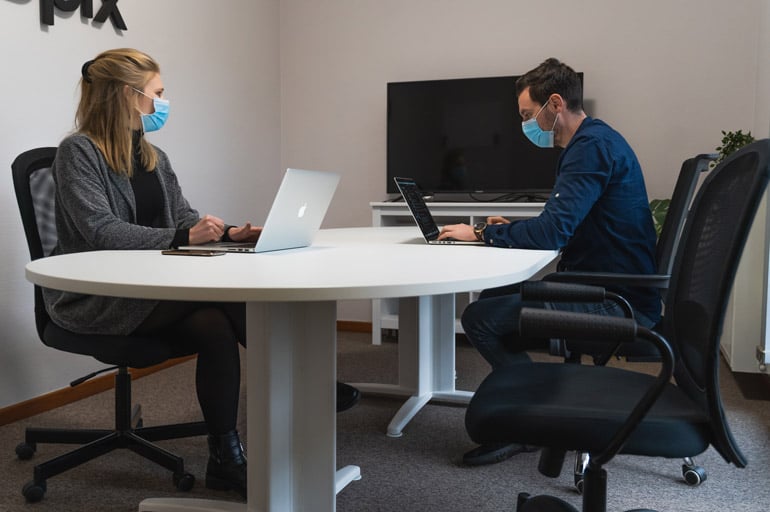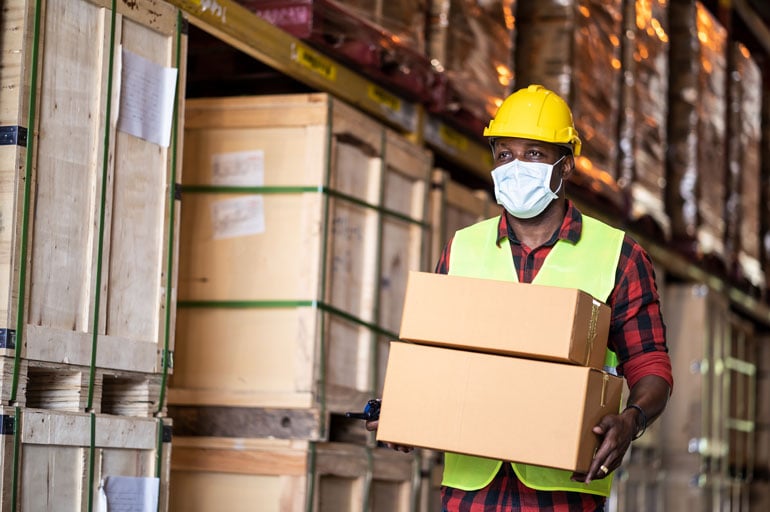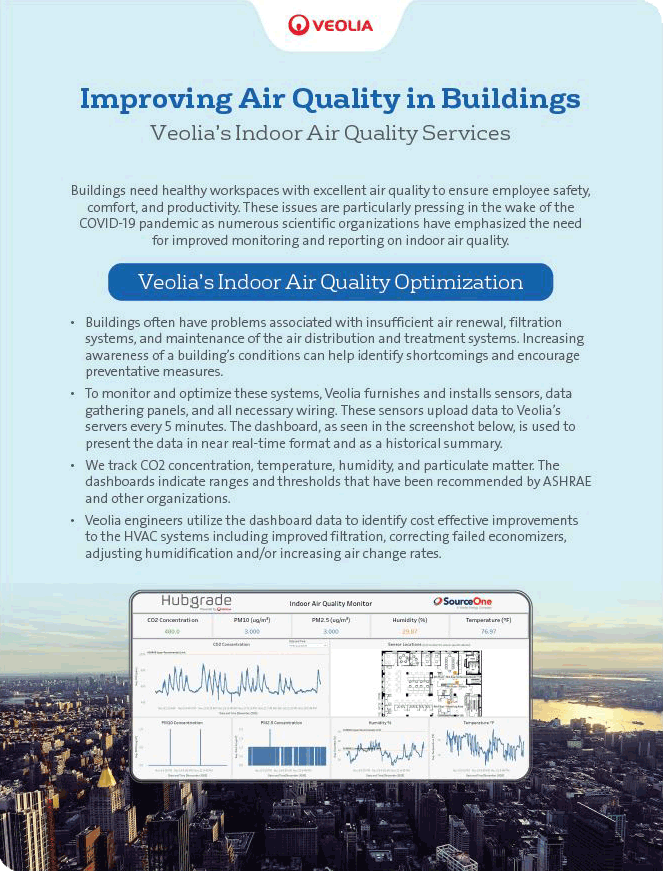As we move through January and creep deeper into winter, most of us are spending more and more time indoors. For people in northern or cooler climates this response is typical. The difference this year, however, is that with lockdowns and restrictions due to the COVID-19 pandemic, we are confined even more to our homes and places of work. Our current situation makes indoor air quality more critical than ever.
The importance of indoor air quality
Air quality is a crucial aspect of maintaining a safe and healthy environment in offices, stores, restaurants, and other commercial buildings. However, many commercial buildings and facilities have consistent problems associated with insufficient air renewal, filtration systems, and maintenance of the air distribution and treatment systems.
As a result, the lack of fresh, clean air can encourage the spread of pollutants and airborne diseases, reduce comfort of tenants or customers, and hurt employee productivity. The COVID-19 virus underscores the importance of having healthy buildings with fresh, clean air.
Indoor air quality and COVID-19
As we approach a year since the COVID-19 pandemic began, both building owners and tenants are eager to have their businesses back up and running again. The issue is that in order for tenants and employees to return to their former places of business, they must have a safe, healthy work environment. In response to the pandemic, the CDC and the WHO were among many professional scientific organizations that reissued and increased their guidance for coronavirus disease mitigation.
The simple fact is that the coronavirus spreads more easily indoors. People come into closer contact indoors and the virus can remain in the air via airborne particles, especially in environments with insufficient air renewal.

According to the EPA, layout and design, as well as occupancy and the type of heating, ventilation, and air conditioning (HVAC) systems, can all impact the potential airborne spread of the virus, and thus the health of your building. In fact, a study from 2019 published in the Scientific Reports journal concluded that improving indoor air quality could be as effective in reducing aerosol transmission of viruses as vaccinating 50-60% of the population.
The EPA recommends increasing ventilation with outdoor air and air filtration as important components of a larger strategy, along with social distancing, face masks, handwashing, and other precautions.
How to improve the health of your building
Before you can improve the indoor air quality of your building, you need a clear understanding of the current quality and what changes need to be made. This may include equipping facilities with sensors and data gathering panels that collect, upload, and display key information about the composition and quality of your air.
Advanced monitoring tools can track and display CO2 concentration, temperature, humidity, and particulate matter in near real time or as historical summaries. Some dashboards even indicate the ranges and thresholds that have been recommended by ASHRAE (American Society of Heating, Refrigerating, and Air Conditioning Engineers) and other organizations.
By monitoring the quality of the air, building owners can make the necessary adjustments with their filtration and HVAC systems to improve the quality and maintain a safe environment.

How your business can benefit from healthy buildings
Improved indoor air quality benefits everyone. Research shows that cleaner, fresher air contributes to increased employee productivity and fewer sick days. Because companies spend the majority of their operating budgets on employee salaries and benefits, boosting their productivity and keeping them healthy has a major impact on the return on investment. The employees themselves feel better and more energized.
For building owners, in addition to complying with new air quality standards, improving indoor air helps them secure higher rents and reduce tenant vacancies because the health of their building can be used as a selling point. By monitoring air quality metrics, owners can also control costs by knowing when to use more or less outdoor air, depending on the data. If a space is unoccupied, for example, the owner can reduce outdoor air intake in those spaces to save on heating or cooling costs.
The way forward
As we move into a post-COVID-19 world, healthy living and creating safe environments will take center stage. In addition to developing “green buildings,” which focus on reducing environmental impact, and “smart buildings” that use automated processes to control building operations, businesses and facility owners will also need to create “healthy buildings” that contribute positively to the wellness of occupants.



